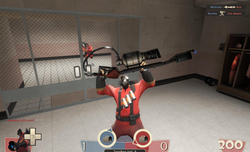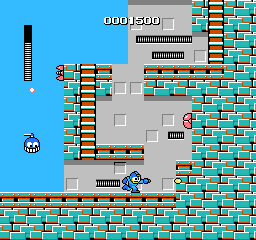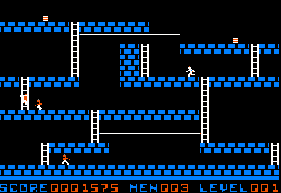Community Expands: Team Fortress 2 Has a BlogCommunity Expands: Team Fortress 2 Has a Blog
 The Internet has given us a communication mechanism which allows developers to better understand their audience. You can use community sites to market your content and your brand but you can also use them to better understand your market and bring your strageties and progress to your fans.
The Internet has given us a communication mechanism which allows developers to better understand their audience. You can use community sites to market your content and your brand but you can also use them to better understand your market and bring your strageties and progress to your fans.
Valve Software has taken their latest successful franchise title Team Fortress 2 and followed it up with a website or “blog” which can keep their fans “in the loop.” Teamfortress.com will, no doubt, be the launch pad for much hype, community offerings and up-to-date news about the TF2 game and any updates.
“Now that we’ve settled into regular releases of content, we’ve found ourselves wanting a better way to talk directly to the TF2 community about the state of the game and some of the reasoning behind the choices we’re making. Our hope is that this blog will accomplish that, and give everyone some better insight into our development process as well.” (teamfortress.com)
Now, there is a great chance Valve will use their new launch pad to talk about upcoming games and lead you to demo’s and downloads to the TF2 title; they already link to the valve store to purchase the game. But, blogs bring in users searching for fresh content about the game and give official word to kill any bad rumors.
Call it marketing, call it journalism or developers notes, there is nothing wrong with having one more resource which represents the voice of Valves TF2 development team. Congradulations guys!


